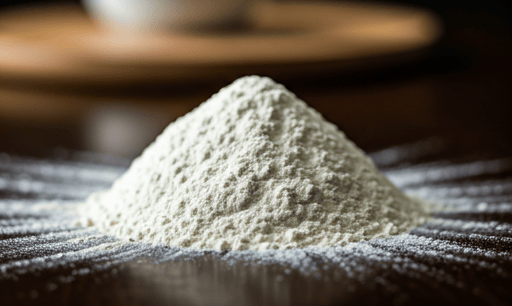Low Oil Absorption Flour for Fried Food
FROZEN FOODCONFECTIONARY


Fried foods are a global favorite, cherished for their crispiness and rich flavor. However, their high fat and calorie content poses significant health risks, contributing to obesity and chronic diseases like cardiovascular ailments. Moreover, the oxidation of oil absorbed during frying not only affects the sensory quality of the food but also shortens its shelf life. Addressing these challenges, Jiangnan University has developed and patented an innovative method to reduce oil absorption in fried foods by modifying the structure of flour—a common raw material for such products.
The current market solutions focus on adding hydrophilic colloids to coating flour to reduce oil absorption. While effective, these methods do not modify the fundamental structure of flour itself. Jiangnan University's approach employs a combination of chemical and enzymatic modification to transform flour at a molecular level, significantly improving its structural integrity and reducing oil absorption.
This method introduces glutamine transaminase and phytic acid in a two-step process. By promoting cross-linking among starch, protein, and starch-protein complexes, this technique creates a stable, multi-dimensional network within the flour. This enhanced structure restricts the oil penetration during frying, achieving an oil absorption reduction of 25-32% compared to unmodified flour.
The process begins with creating a flour dispersion. Flour is mixed with deionized water and heated to 40–65°C for 10–30 minutes. Following this, the flour undergoes a two-stage modification process. Either phytic acid is added first, followed by glutamine transaminase, or vice versa. Each stage involves adjusting the pH to 5–8 and maintaining a reaction temperature of 40–65°C for 1–12 hours.
Post-reaction, the modified flour is washed using methods like centrifugation and suction filtration. The washing process may include repeated rinsing with deionized water or anhydrous ethanol. Finally, the flour is dried through techniques such as vacuum drying, freeze drying, or drum drying, then ground and sieved to achieve a uniform texture.
The advantages of this method are manifold:
Health Benefits: The modified flour reduces oil absorption by up to 32%, making fried foods a healthier choice without compromising taste or texture.
Cost-Effectiveness: Unlike hydrophilic colloids, this method uses readily available raw materials, making it economically viable for large-scale production.
Enhanced Quality: The modified flour results in fried products with better color and texture, extending their shelf life and improving consumer appeal.
Eco-Friendly Process: The green and simple preparation method aligns with sustainable practices in food manufacturing.
In practical applications, the modified flour can be used in products like fried dough, fried dough cakes, and coatings for various fried foods. For instance, mixing equal parts of modified and original flour, along with water and yeast, can produce fried dough with significantly reduced oil content.
By tackling the problem at the structural level of the raw material, this approach provides a long-term solution to the challenges posed by oil absorption. As consumers increasingly prioritize health without sacrificing indulgence, this innovation could reshape the fried food industry, offering low-fat, high-quality products that cater to modern dietary preferences.
